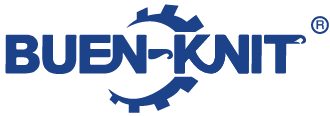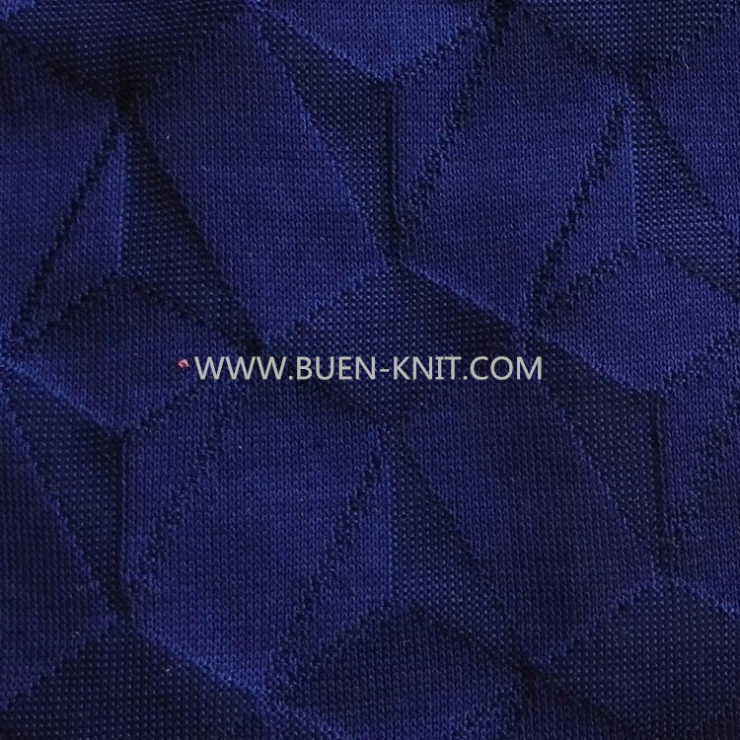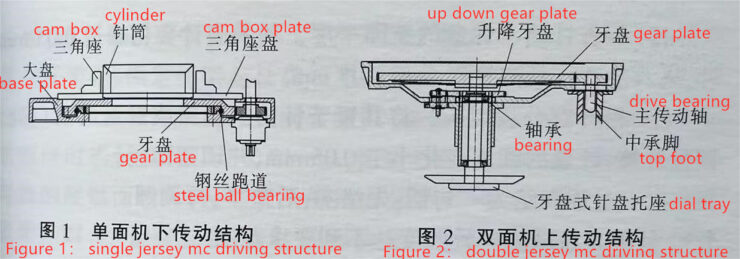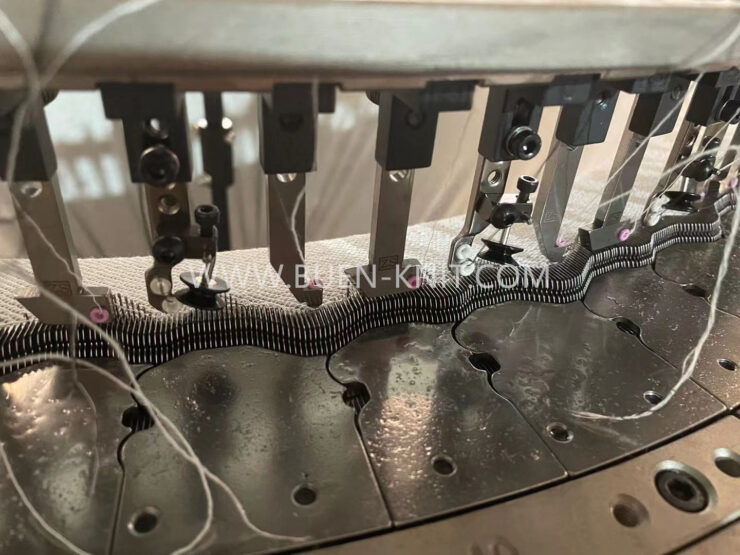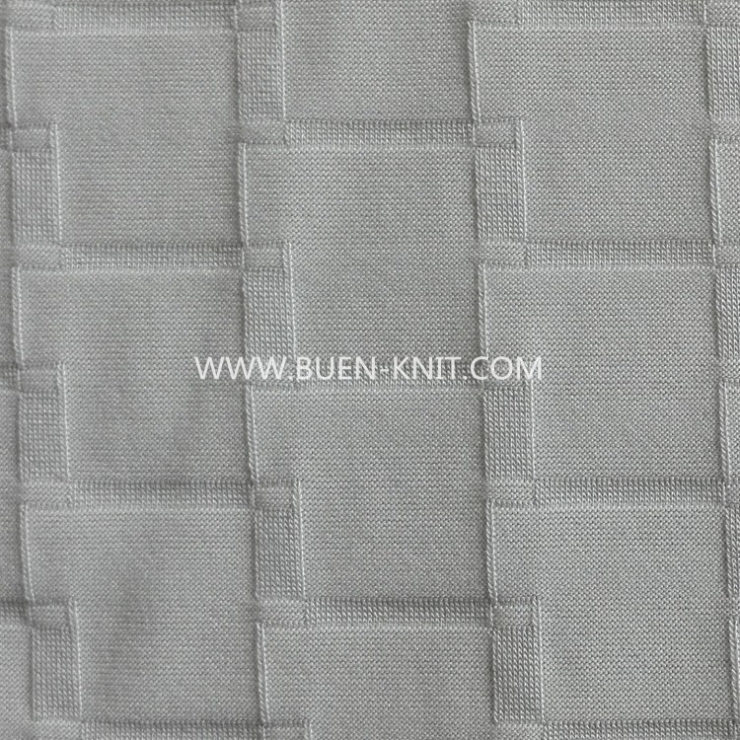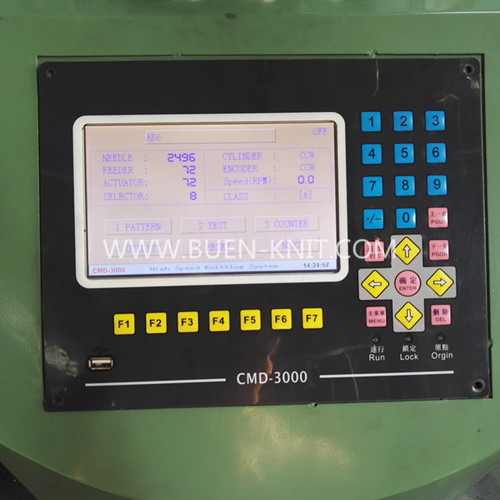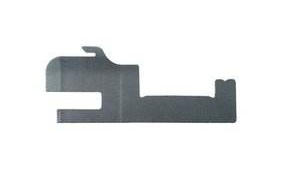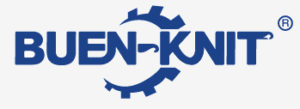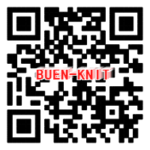Four primary base weft knitted structures–plain, rib, interlock and purl–are the base structures from which all weft knitted fabrics and garments are derived. Each is composed of a different combination of face and reverse meshed stitches, knitted on a particular arrangement of needle beds. Each primary structure may exist alone, in a modified form with stitches other than normalcleared loops, or in combination with another primary structure in a garment-length sequence.
All weft knitted fabrics is liable to unrove, or ladder, from the course knitted last, unless special “locking courses” are knitted, or unless it is specially seamed or finished.
Plain is produced by the needles knitting as a single set, drawing the loops away from the technical back and towards the technical face side of the fabrics.
Rib requires two sets of needes operating in between each other so that wales of face stitches and wales of reverse stitches are knitted on each sideof the fabric.
Interlock was originally derived from rib but requires a special arrangement of needles knitting back-to-back in an alternate sequence of two sets, so that the two courses of loops show wales of face loops on each side of the fabric exactly in line with each othe, thus hiding the appearance of the reverse loops.
Purl is the only structure having certain wales containing both face and reverse meshed loops. A garment-length sequence, such as a ribbed half-hose, is defined as purl, whereas smaller sections of its length may consist of plain and rib sections.
Single jersey knitting machine can only produce on etype of the base structure
Rib knitting machine, particularly of the garment-making types, can produce sequence of plain knitting by using only one bed of needles.
Interlock knitting machines can sometimes be changed to rib knitting.
Purl machines are capable of producing rib or plain knitting sequences by retaining certain needle arrangements during the production of a garment or other knitted article.
